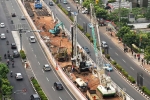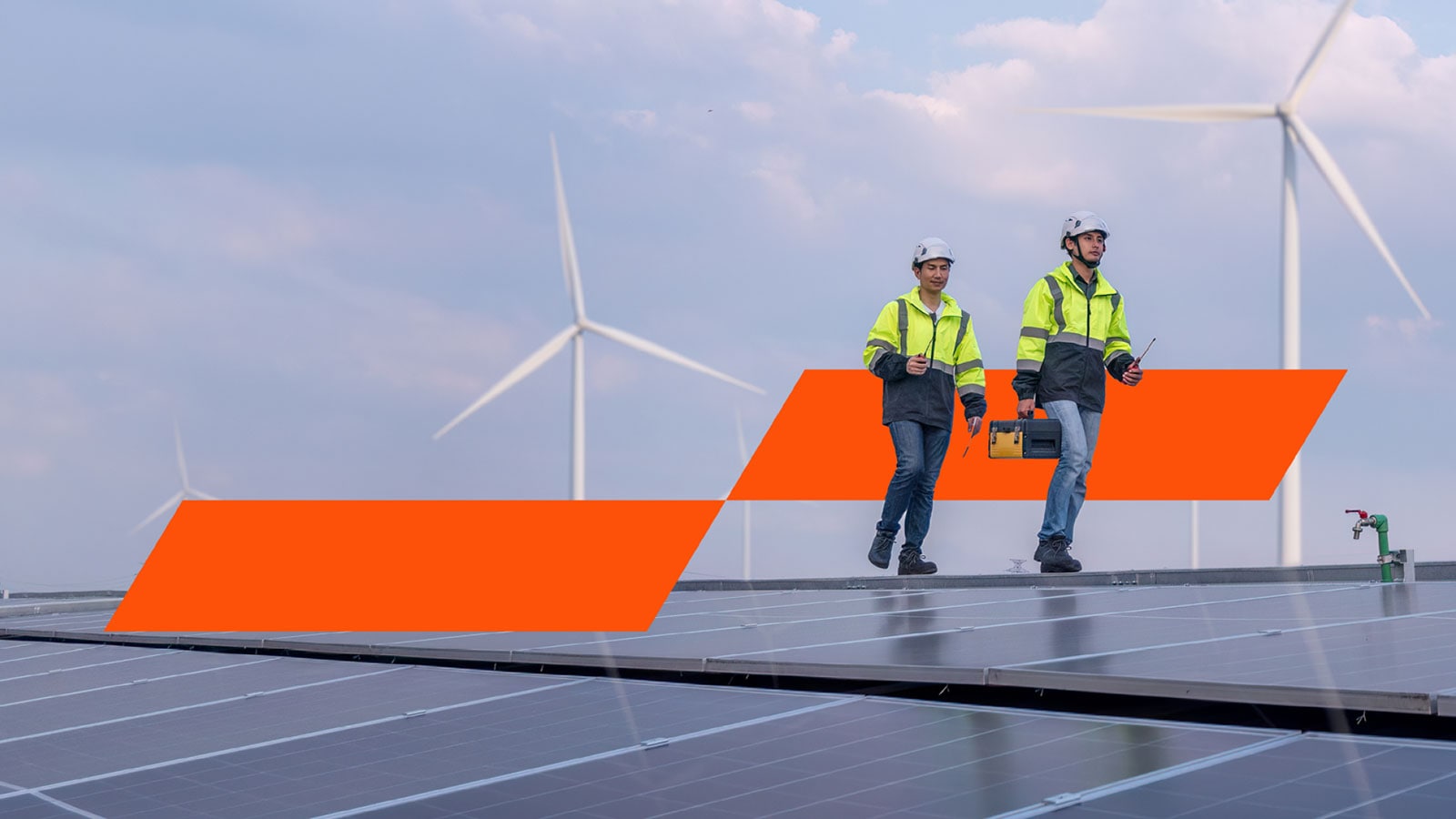Featured
Latest local publications
- TaxFlash Vol.02/2026 - Extension of VAT incentives for landed houses and residential units for 2026 / Extension of Article 21 Income Tax borne by the government facility for 2026 / Update on Income Tax treatment of aid, donations and grants
- TaxFlash Vol.01/2026 - An update on the implementation of the Indonesian Tax Treaty
- In brief: PSAK 413 and PSAK 414 - impairment of sharia financial assets
- TaxFlash Vol.17/2025 - Implementation guidelines for determining domestic and foreign tax subjects
- Legal Alert / December 2025 / No. 51 - Enhancing legal safeguards for workers in termination disputes: Insights from Constitutional Court Decision No. 132/PUUXXIII/2025
- PT Indonesia Tbk and subsidiaries 2025 - Illustrative SFAS consolidated financial statements

PwC's Academy
PwC’s Academy is the specialised learning, education and development arm of PwC, where our PwC practitioners lead your learning experience. At PwC’s Academy, we help our clients transform effectively, be more agile, competitive, productive, sustainable and grow through effective training and learning solutions that cut across industries and business functions.
Media centre
Get to know our leadership, keep up with our latest news, press releases and our selection of translated infrastructure articles.
Alumni
Our alumni programme is about helping you stay a part of the PwC community and connecting you to former colleagues, mentors and friends who have made an impact in your career. It’s also about keeping you up to date with current business issues and regulatory changes through the firm’s various publications, reports and events.


















